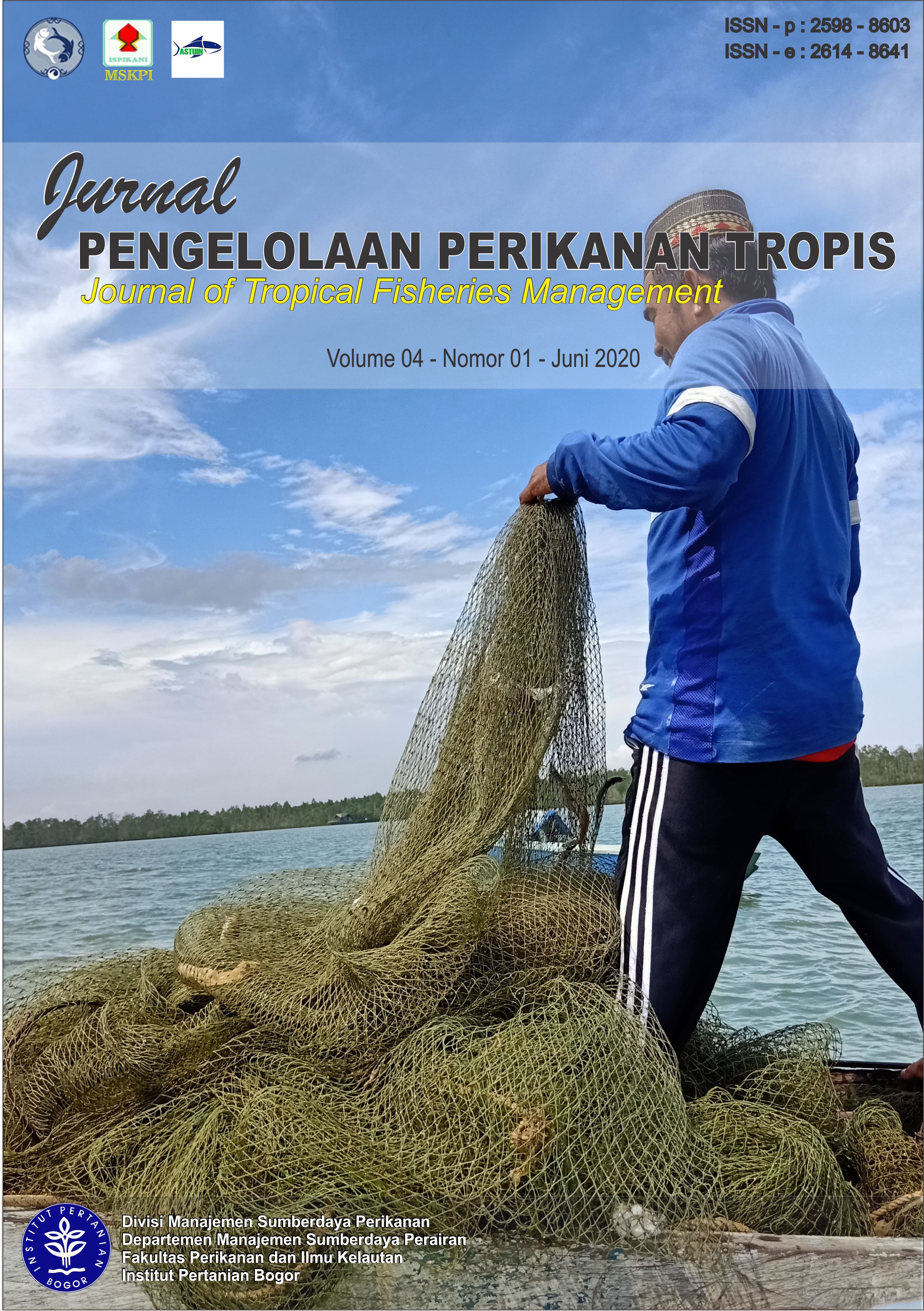Secondary Productivity of Crambidae Family in Cigambreng River, Tapos Village, Bogor
Produktivitas Sekunder Famili Crambidae di Sungai Cigambreng, Desa Tapos, Bogor
Abstract
Secondary productivity is the formation of biomass of heterotrophic organisms in units of time including biomass that is lost in a certain time unit. The Crambidae family is an insect that has aquatic larvae and will become an air insect after the larval phase. This species has the potential to become a pest for agriculture. The study was conducted in October 2019 for one month. The Crambidae family species found consists of two species, Petrophila sp. and Elophila sp. The abundance of Crambidae during the study ranged from 100 ind/m2 to 422 ind/m2. Secondary productivity was analyzed by the size frequency method. The secondary productivity of the Crambidae family in Cigambreng river waters for one month was 47.7915 g/m2/month, the biomass formed was 14.9669 g/m2 and the P/B ratio was 3.1931.
Downloads
Copyright (c) 2020 Journal of Tropical Fisheries Management

This work is licensed under a Creative Commons Attribution 4.0 International License.
After the article is submitted and published in this journal, it is fully copyrighted by the Journal of Tropical Fisheries Management. If excerpts from other copyrighted works are included, authors must obtain written permission from the copyright owner and give credit to the source in the article. Then, authors or reader is allowed to copy, share, and redistribute articles/material in any form. But it must still include the appropriate source and credit because the article in this journal is licensed by Creative Commons Attribution 4.0 International License (CC BY 4.0).




1.png)








